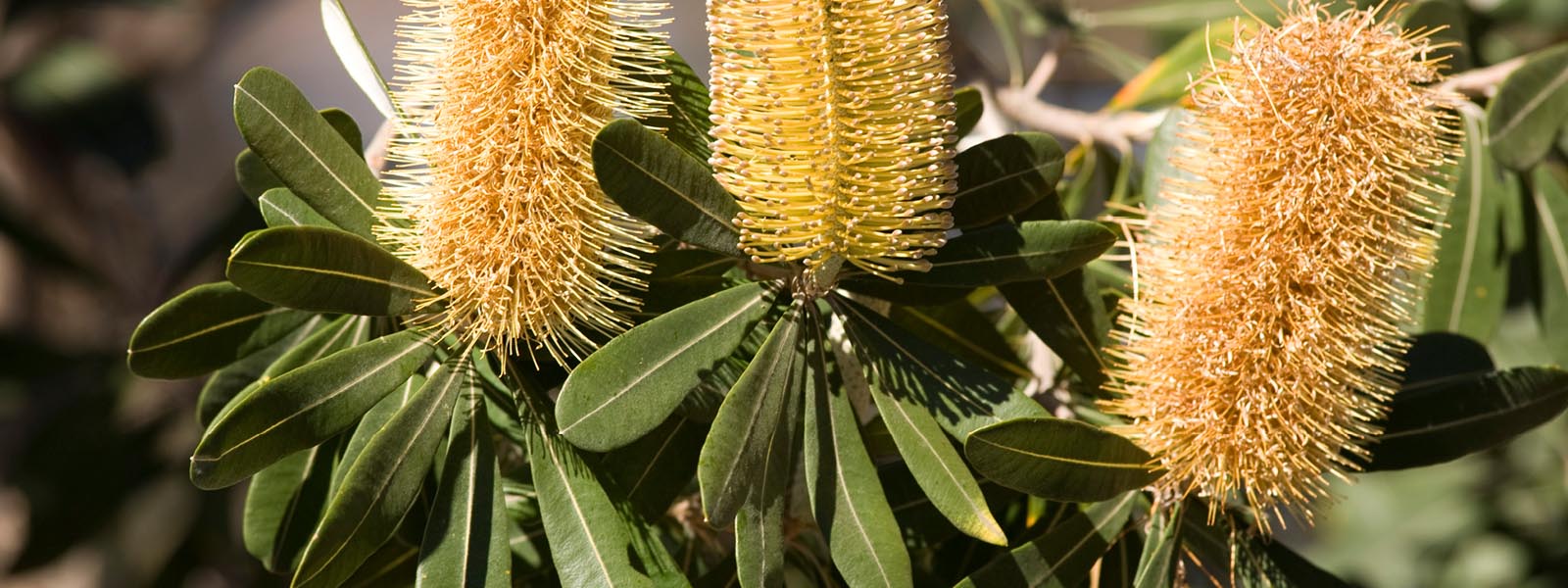Urban wildlife
Bundaberg is home to a large range of native plants and animals and our bushlands and natural areas fringe the urban and rural properties of our region.
Part of living in Australia is living with wildlife. With the increase in our urban footprint, encounters with wildlife may become more common. Read more to learn more about our local urban wildlife.
Rainbow bee-eaters
The Bundaberg region is home to one of Australia's most colourful birds, the Rainbow bee-eater (Merops ornatus). Discover more about these masked acrobats, including how you can help keep their breeding and nesting sites safe.
Magpies
Magpies are native birds that share our urban areas. During mating season, from August to October, a small percentage of magpies can show aggressive behaviour to people venturing into their territory while they are protecting their nests and young.
Magpies are a protected species under state legislation and penalties apply for attempting to harm them.
The Department of Environment and Science (DES) provide information regarding magpie behaviour, how to stay safe and a range of resources. Visit their website or contact the department on 13 QGOV (13 74 68).
Snakes
Snakes are a native animal that we may encounter in our environment. In summer snakes become more active looking for food and warmth. If you encounter a snake remain calm and do not approach the snake. Walk away slowly and remain at a distance to the snake.
All snakes are protected under state legislation and penalties apply for attempting to harm them.
If you encounter a snake in your home, contact a local snake relocator. A licensed snake relocator will hold a permit that allows them to catch and relocate the snake. Contact Council on 1300 883 699 who can put you in touch with licensed snake relocators.
If a snake is sighted on Council property, please contact Council on 1300 883 699 to undertake an assessment.
Visit the Department of Environment and Science website for more information about snakes or contact the department on 13 QGOV (13 74 68).
Flying Foxes
Flying foxes, also known as fruit bats, can be encountered in a number of our natural areas and backyards. They provide an important role in nature through dispersing seed and pollinating native trees. Their natural habitat is threatened through the disturbance of trees and land clearing.
Flying foxes can roost in large numbers and in the case of the little red flying fox they migrate regularly in search of nectar and fruit. Flying foxes can be seen in urban areas as they search for food and shelter due to habitat loss and local food shortages.
Flying foxes are protected under the Nature Conservation Act 1992 and it is an offence to interfere with them and their roosts. For more information visit the Department of Environment and Science website or contact the department on 13 QGOV (13 74 68).
If you encounter a sick or injured flying fox or bat, do not touch it. Contact a local wildlife carer via the RSPCA on 1300 ANIMAL (1300 264 6525) immediately. While extremely unlikely, the Australian Bat Lyssavirus can be transmitted by bats to human through scratches and bites.
Possums
It is very common to find possums living in our urban environment. The most common possum is the brush-tail possum, which can be seen at night travelling across fences and into trees seeking food such as fruit.
Possums are protected under state legislation. They can only be moved by a licensed relocator who will hold a permit. A relocator can remove the possum and block any access points into your home.
The Department of Environment and Science provide advice to discourage possums taking up residence in your home and providing them with an alternative home such as a nesting box. Visit their website or contact the department on 13 QGOV (13 74 68).

